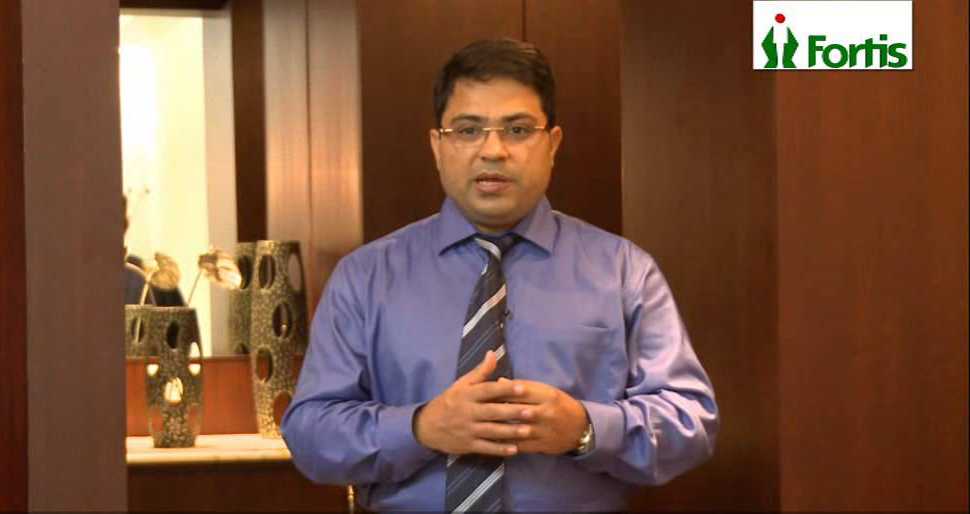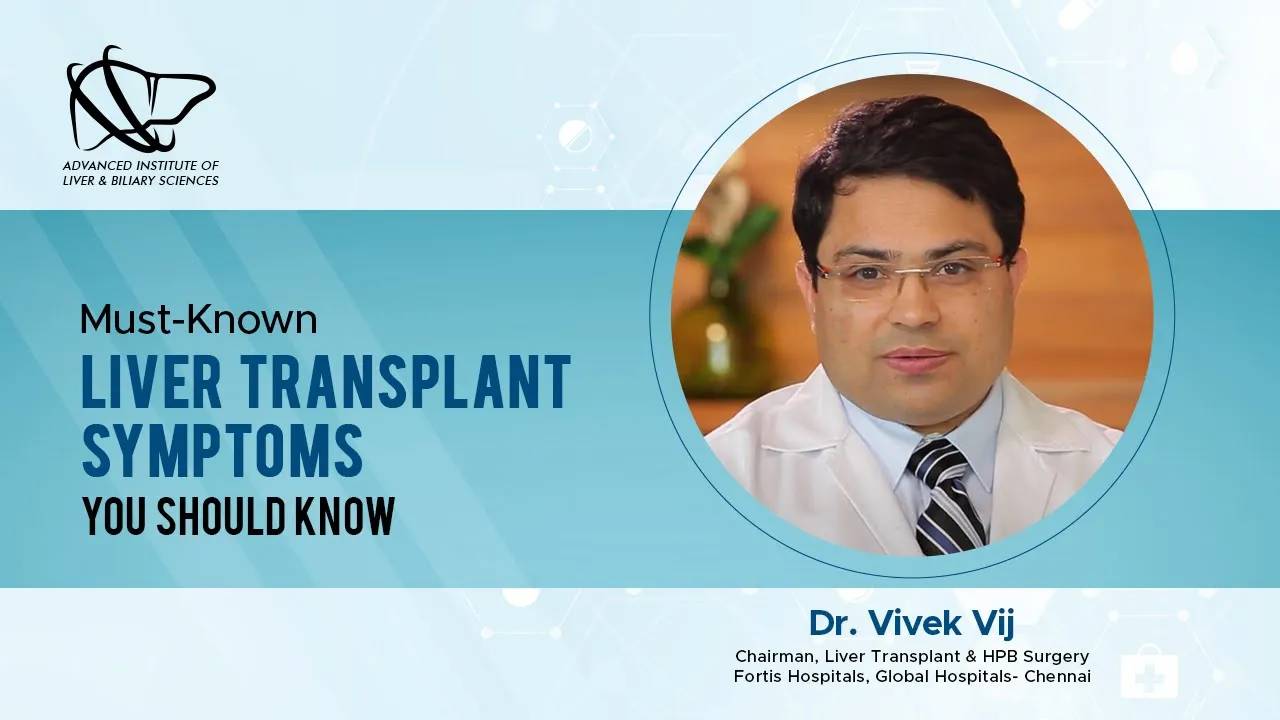Thousands of children suffer from terminal liver diseases in the country. The general public’s lack of understanding of liver illness, particularly in children, sometimes leads to delayed or missed diagnoses, liver failure, which is then followed by a lack of access to suitable treatment choices.
Estimates suggest that a whopping 92% of children that are in need of a liver transplant procedure do not receive it due to missed or delayed diagnosis.
It goes beyond doubt then that a splitting gap exists between the number of paediatric liver transplants that are needed annually and the number of paediatric transplants that are administered.
So in this blog, we have covered everything that you need to know about paediatric liver transplants so that you can make an informed decision well in time. Have a look!
The most frequent type of liver illness in children is biliary atresia, in which they require a new liver to survive. It is a frequent disorder of the liver and bile ducts that affects infants.
Other situations in which a kid’s liver gets damaged and requires transplant include:
The health of the children before transplants is crucial to a successful transplant. Because of their low nutritional condition, systemic infections are frequent in pediatric patients with liver disease.
Risks Of Paediatric Liver Transplant If Not Carried Out Properly:
In addition, many children can be seen to have repeated admissions to hospitals and become colonized with resistant bacteria. Those with biliary atresia are prone to cholangitis.
There are two types of liver transplants that are common in India:
Cadaveric liver transplantation is a procedure in which a kid receives a portion or the entire liver from a deceased donor (whose family members are willing for various organ donations). When a donor who is a good match becomes available, the transplant team will contact you. For cadaveric liver donation, there is a waiting list.
If they have a matched blood group, living family members may also donate a piece of their liver. A living-related liver transplant is a name for this procedure. With the remaining portion of their liver, a family member who donated a piece of their liver can live a healthy life.
A comprehensive description of the evaluation process and procedures will be conducted before putting your child on the transplant waiting list.
It’s possible that a liver transplant will take several hours. It is dependent on your child’s situation. Aside from that, the process for a liver transplant may differ. It is dependent on the state of the child and the provider’s practice.
After the transplant operation, the transplant team will transport a kid to the intensive care unit (ICU) to be closely monitored. They provide parents with information on how to care for their children, including medications, physical exercise, follow-up, food programmes, and other vital details.
The immune system of the body rejects the replacement liver. It is a pretty typical occurrence following surgery. The immune system perceives the new liver organ as a threat and assaults it once it is implanted in your child’s body.
To help your child’s immune system accept the new organ, he or she must take anti-rejection medications known as immunosuppressants. The immune system’s attack on the replacement liver is weakened by these medications.
Paediatric liver transplantation was an uncommon therapeutic technique a few decades ago. However, today technology and advancement in medical science have made it a lot easier than before.
Now, a paediatric liver transplant team is a multidisciplinary team that often includes paediatric liver specialists (hepatologists), liver transplant surgeons, paediatric intensivists, nutritionists, a transplant coordinator, psychologists, social workers and a variety of additional team members.
In addition, the best liver transplant surgeons in India made it affordable for the masses in the country. At AILBS, paediatric liver transplant sits on the pinnacle of our institute’s surgical endeavour. Our surgeons and teams lead from the front in taking it forward.


